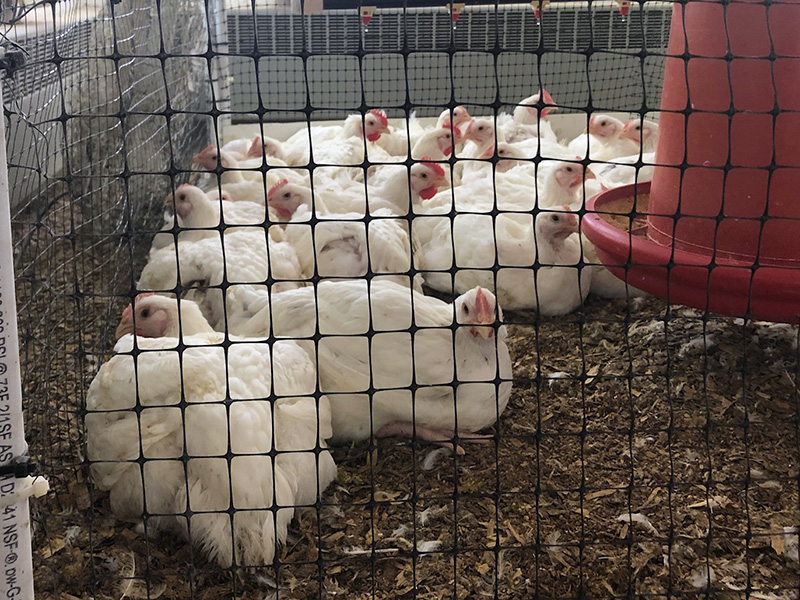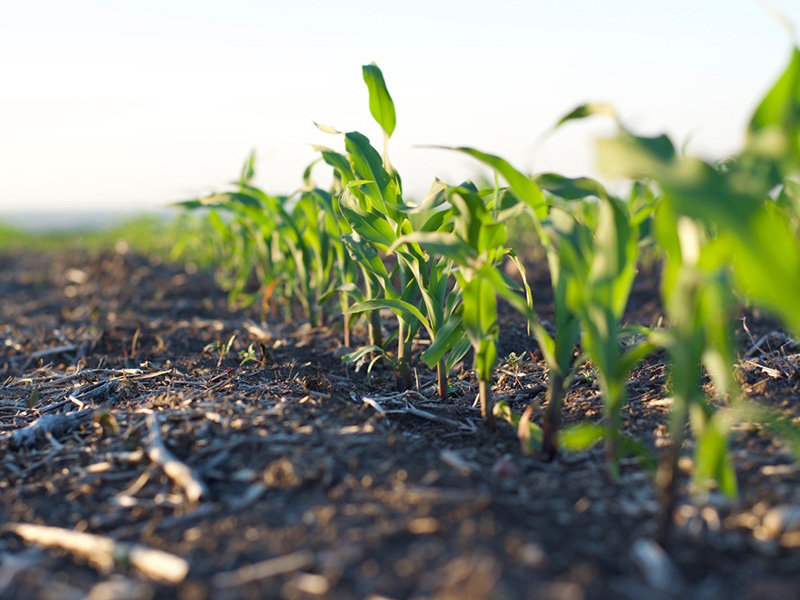Environment

After an oil spill or leak, it’s important to act fast. If the oil has gotten into soil, scientists need to rapidly assess how much oil there is and how far it spread. It’s a process that has always been costly and time-consuming.


Many living creatures live in soil. Though their sizes range from microscopic soil microbes to larger animals like gopher turtles, they all call soil their “home.” Included in these ground-dwelling species are bees – vital in the pollination cycle of about 90% of plant life.


For most of us, our closest encounter with the element fluorine is likely to be our toothpaste or a municipal water supply with added fluoride.

But excess fluorine can be a problem. For example, high levels of fluorine in the soil can hurt plants. Fluorine in soils may also affect microbes and other organisms higher along the food chain.

Chicken is the most consumed protein in the United States. According to the National Chicken Council, the U.S. produced more than 9.2 billion broiler chickens in 2019. US consumers spent more than 95 billion dollars on chicken products.


What goes down the drains can be used to make things grow.

Sewage sludge – carefully treated to make it safe – is used often in agriculture. Now, researchers are testing these materials, called biosolids, for use in urban settings.

Soils in deserts are very different from those found anywhere else. Extreme temperatures, little water and limited plant matter make an unusual environment. With little dead plant material to decompose and create a rich layer of organic matter, desert soils are unique.


Around the world, there are pools of water filled with nuclear waste waiting for their final resting place. This is waste that was created from decades of nuclear power generation, and the waste must be handled carefully.


To combat weeds, farmers use a variety of tools and methods. By understanding the strengths and downfalls of each tool, a farmer can make the best decisions for his or her operation to keep pesky weeds out of the field.


The Southern High Plains of the United States have low annual rainfall. When it does rain, though, intense storms can cause severe soil erosion. Strong winds also strip away valuable topsoil.
Enter cover crops.


